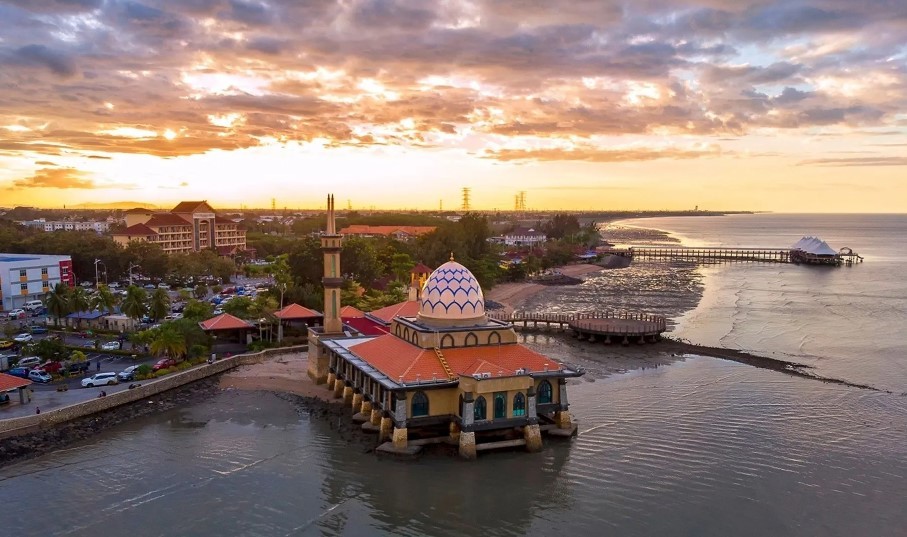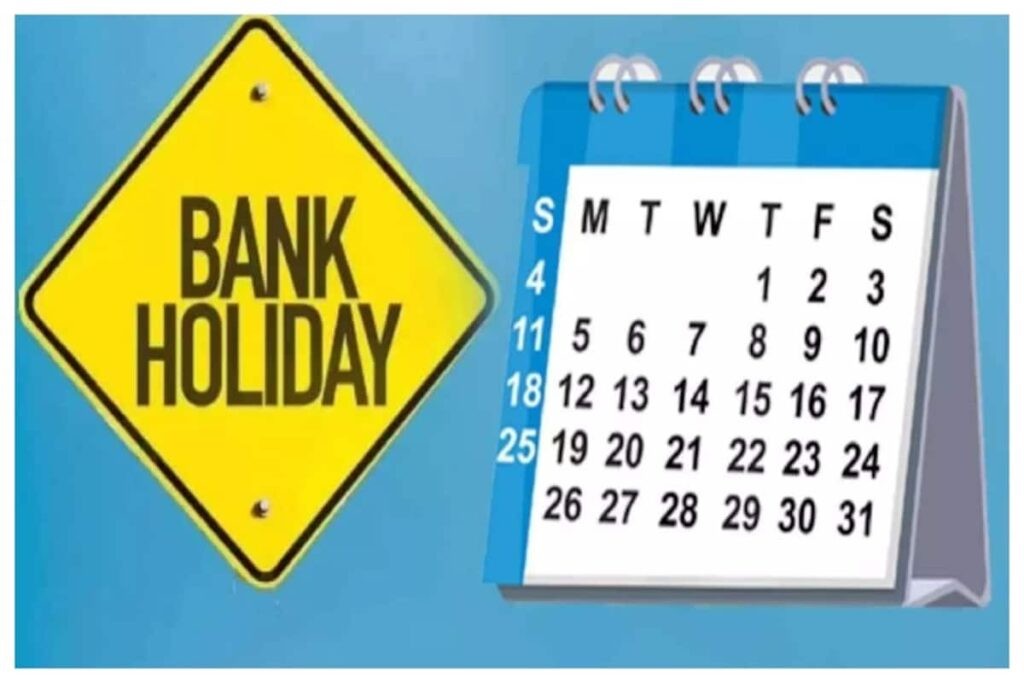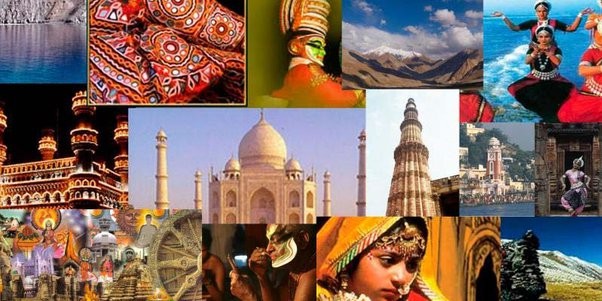10 Most Dangerous Religious Festivals In India
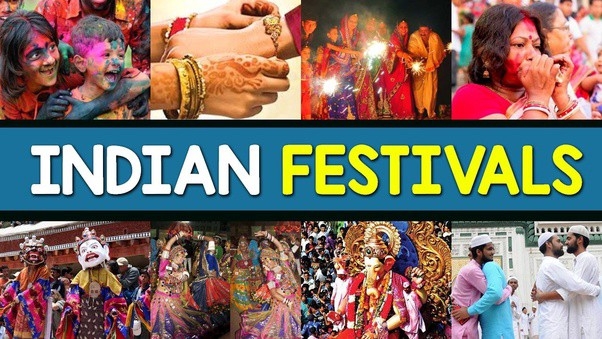 |
| India Dangerous Festivals. Photo: medium |
The diversity of Indian culture is reflected in different languages, traditions, customs, and festivals. Every day in this country is a festival, but some of them are a little weird. Despite their weirdness, unusual festivals in India are still celebrated with a lot of enthusiasm.
Here are the craziest festivals in India that are still popular and practiced.
1. Gotmaar Mela Festival, Madhya Pradesh
Gotmar is an annual festival that features two opposing teams from the villages of Pandhurhna and Saargaon. The two teams compete to capture a tree located in the riverbed that separates the two settlements. The unusual part? The spectators throw rocks and pebbles on the participants as they try to reach the target.
The origin of this unusual festival is unclear but many people believe it started from a tale of two lovers who lived on opposite sides of the river and wanted to be together. During their escape attempt, the residents of the two villages started throwing rocks at them and killed them both. The festival is held in their memory.
Gotmar is held in the month of August. The police attempted to ban the festival last year but they were attacked by the villagers who started throwing rocks at them too. Two officers were injured and several vehicles damaged, according to Passportsymphony.
2. Smashing coconut on head
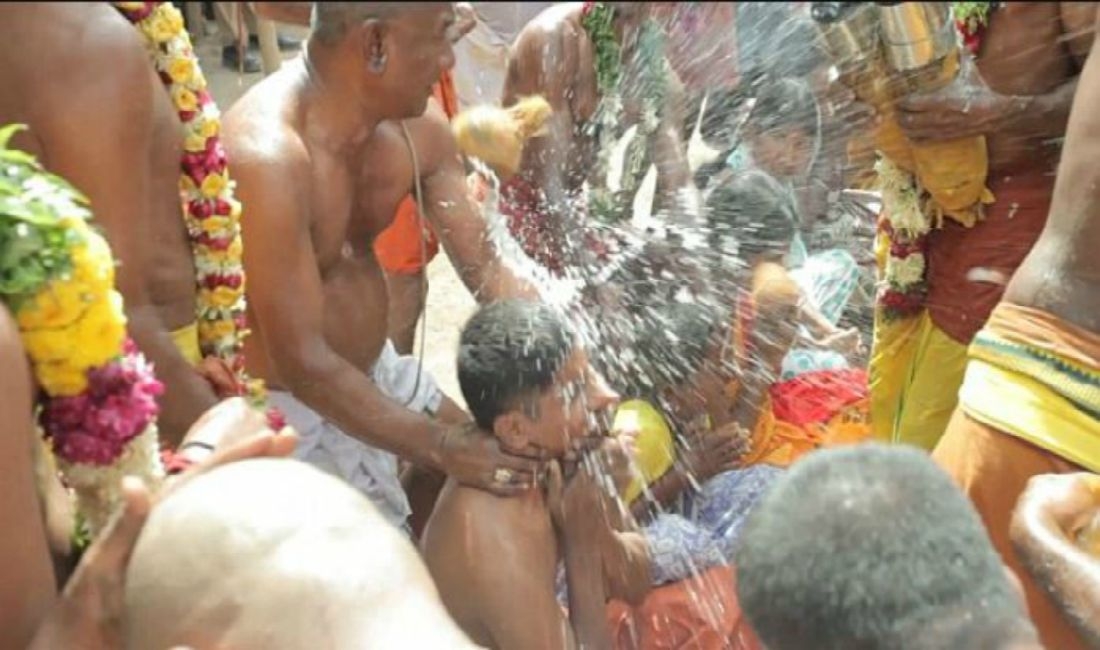 |
| Photo: lifeandtrendz |
The painful practice takes place in Tamil Nadu, a southern Indian state, where thousands flock to take part each year. Indian devotees smash coconuts on their head – in a bizarre plea to the gods for health and success.
Men, women, and even children patiently sit in lines as godmen are handed large coconuts before bringing them crashing down on the skulls of the devotees.
Many wince in pain, while others – apparently in a meditative state or simultaneously praying – barely flinch.
Each year dozens are tended by medical staff for serious injuries – prompting doctors to warn that the practice is potentially deadly and ironically hazardous to health, reported Catersnews.
3. Nag Panchami: Feeding a live King Cobra
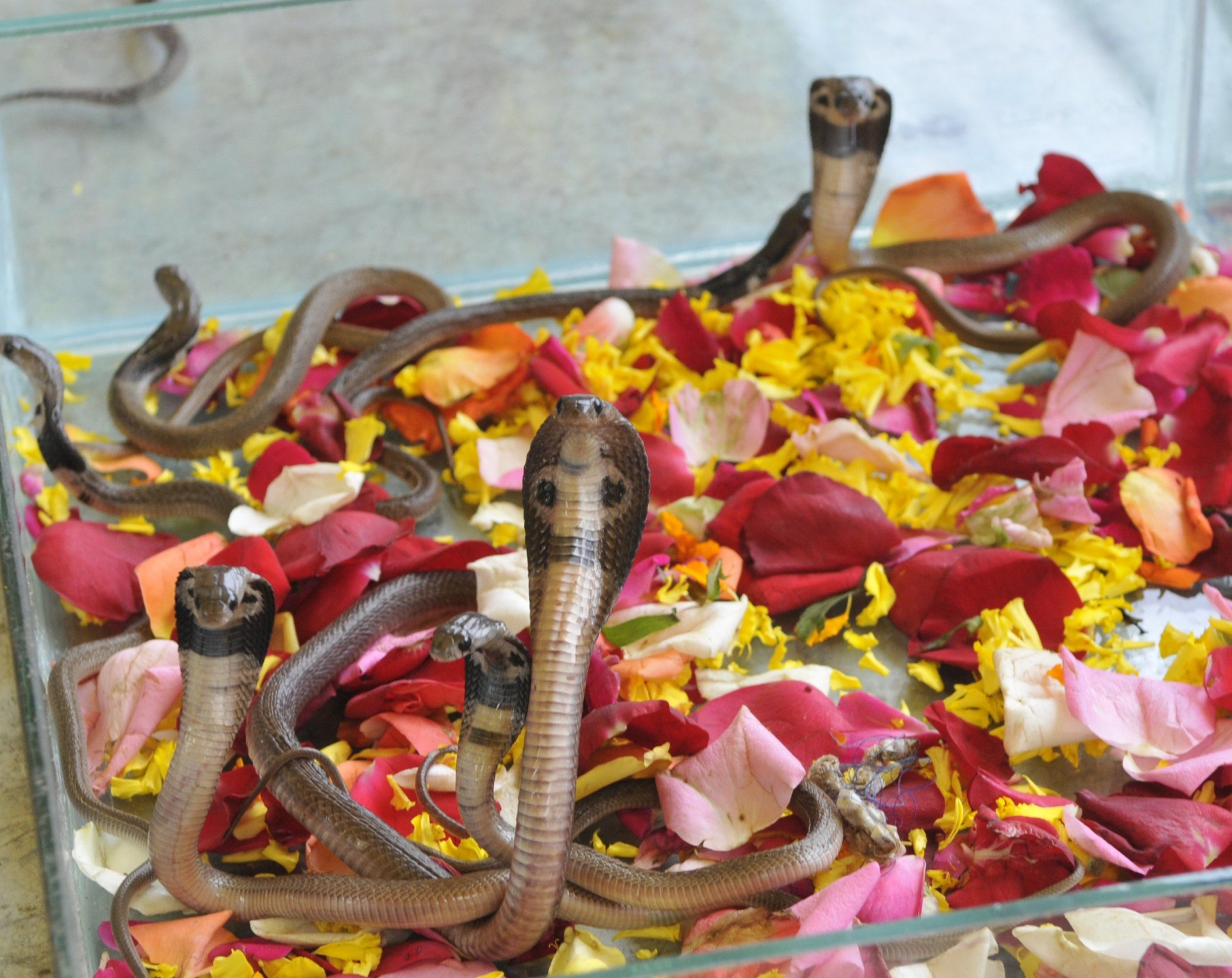 |
| Photo: Metro |
Nag Panchami is a festival celebrated in northern India and Nepal. A festival is an act of devotion to the King Cobra snake. Devotees flock to the temples to pray to the snake and apply vermillion (kumkum) to its hood. Some even offer milk to the snake to drink. All this, without the fangs, removed. According to the priests, snakes do not attack devotees on this auspicious day.
On this day, in the month of Sawan, devotees pray to the Naga Devta or the snake god. Idols and pictures of Lord Shiva are incomplete without a snake around his neck. Shiva is also known as Nageshwar and the snake that coils around his neck, just like an ornament, is called Vasuki.
Nag Panchami is one of the oldest festivals celebrated across India, during the rainy season. Nag Panchami is also known as Nag Chaturthi or Nagul Chavithi. In Gujarat, Nag Panchami is observed few days after most states and this year it will be observed on August 8. In Andhra Pradesh, the puja is done just after Diwali, NDTV noted.
4. Baby tossing
At the Baba Umer Dargah near Sholapur in Maharashtra, babies are dropped from a height of 50 feet, from the top of the dargah, to be caught by a group of individuals standing below, holding a narrow bedsheet. This is supposed to bring the family luck and has been a popular festival for the last 700 years. Both Hindus and Muslims follow this ritual with fervor.
It's not the plot of a horror film - but an ages-old annual ritual carried in southern India, meant to bring participating infants good luck, health, and prosperity.
Hard-to-watch footage of the ceremony, held each year in the state of Karnataka, has horrified children's rights groups, who have labeled it 'barbaric' and want it banned by the Indian government, Dailymail cited.
5. Jallikattu, Tamil Nadu: Facing a raging bull
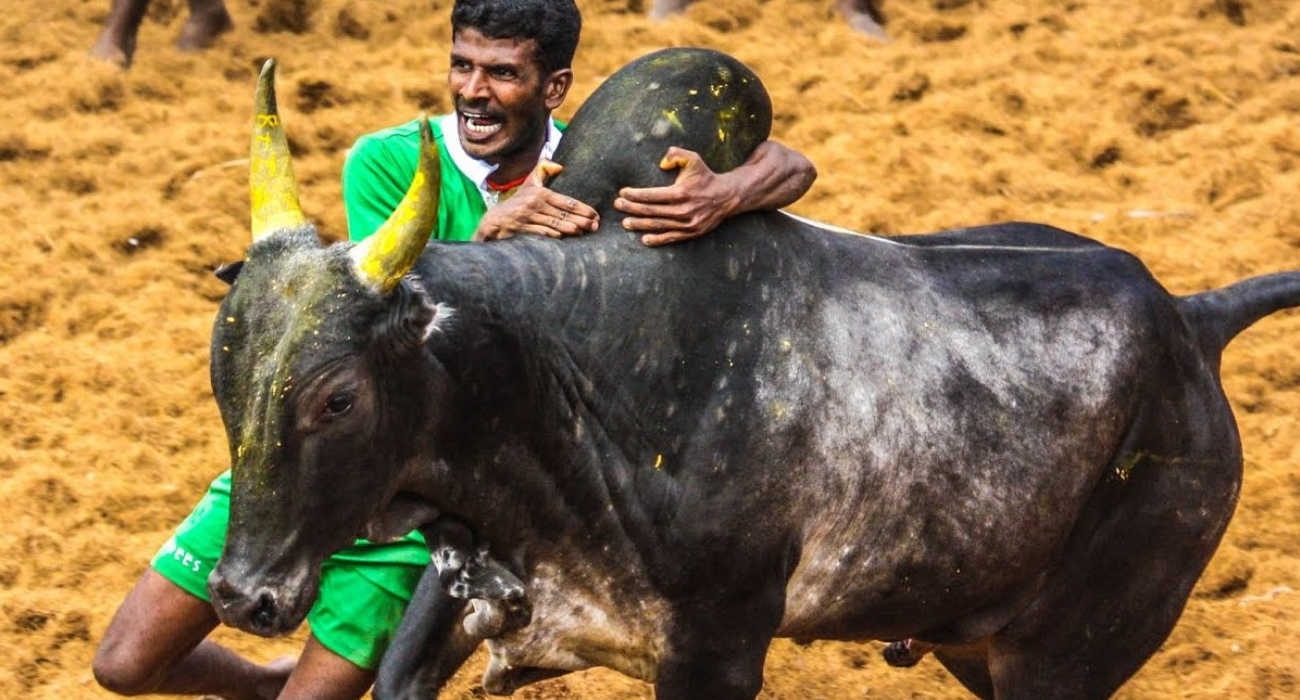 |
| Photo: chaseyoursport |
Jallikattu is a bull-taming festival held in Tamil Nadu that’s a part of the Pongal celebrations. During this festival, a Bos Indicus bull (bred specially for this event) is released into a crowd of people and the participants hump on the bull’s back and try to hang on as the bull is trying to escape. Casualties are very common.
This festival was first practiced in the 3rd century BC. It used to serve as a platform to display bravery among the ancient Aayars.
Jallikattu was banned after the high number of casualties and injuries in 2017. However, after the recent protests by the local population, the festival was reestablished in January 2018.
6. Garudan Thookam: Eagle Hanging
 |
| Photo: Youtube |
Garudan Thookam is one of the traditional festivals that are celebrated in Kerala. It is a very strange tradition that is still believed and performed with great spiritual and religious beliefs. The festival might seem a little weird and bizarre. According to this festival, people hang hooks unto the back of their bodies and hang themselves down horizontally from a shaft. It might sound disturbing to some of the people to hang themselves down with the hooks, but it is one of the acts of self-torturing which is done by the people of some places in Kerala.
It is celebrated in the Idukki district and one can witness it basically in the Bhadrakali temples, this ritual is performed in the Karikode Devi temple in Thodupuzha. Hence if one really has a doubt or is really interested to witness something bizarre or unusual one can go to this temple.
The festival is only performed for 1 day and is usually celebrated in the months of February and March. Basically, the days in which this ritual is performed is known as Makara Bharani Day and Kumbha Bharani Day, according to Indiavivid.
Read More: India: Top 15 Most Popular Festivals in March
7. Theemithi: Fire-walking
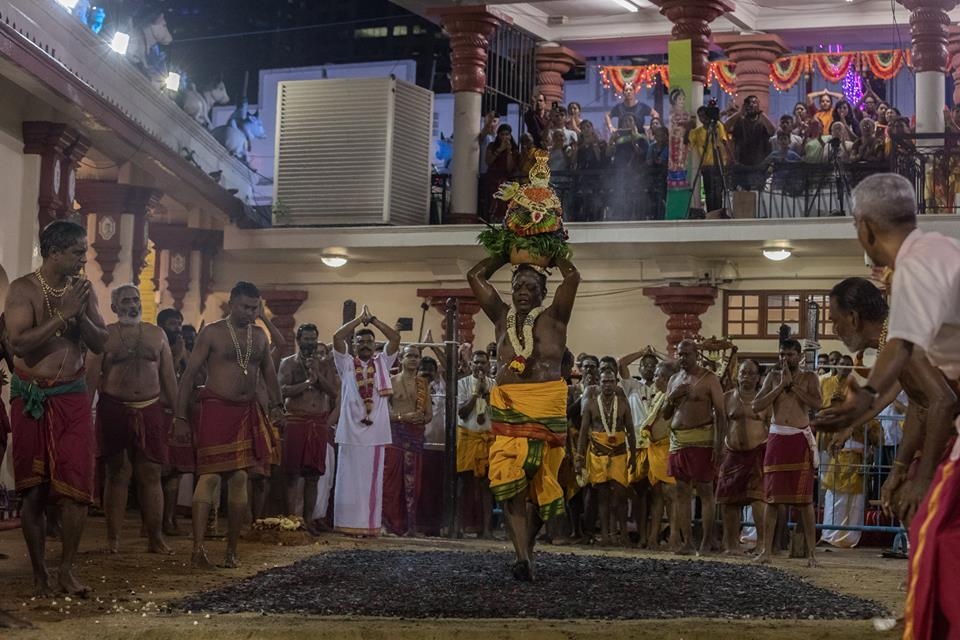 |
| Photo: connectedtoindia |
The festival of Theemithi in Tamil Nadu is a part of a wider enactment of the Mahabharata. The act of fire-walking has become so “popular” that it has now spread to Sri Lanka, Malaysia, and even South Africa. According to the Mahabharata, after the Kurukshetra battle, Draupadi walked on a bed of live coals and emerged unscathed. Devotees do the same and hope to be granted a wish or blessing by the goddess.
She presides over firewalking in South Indian rituals just like Mariamman who is the principal goddess of Sri Mariamman Temple, and this may allude to why Sri Mariamman Temple is the location for the annual firewalking ceremony in Singapore.
Sri Mariamman Temple is also the oldest and largest Hindu temple in Singapore and has been the venue for Theemithi since 1840. The firewalking ritual itself is actually a culmination of a five-kilometer walk that begins at Sri Srinivasa Perumal Temple on Serangoon Road. The reasons for starting at Perumal Temple is uncertain, although it has been suggested that the location is selected because of convenience, reported Singapore Infopedia.
8. Lathmar Holi: Men bashing
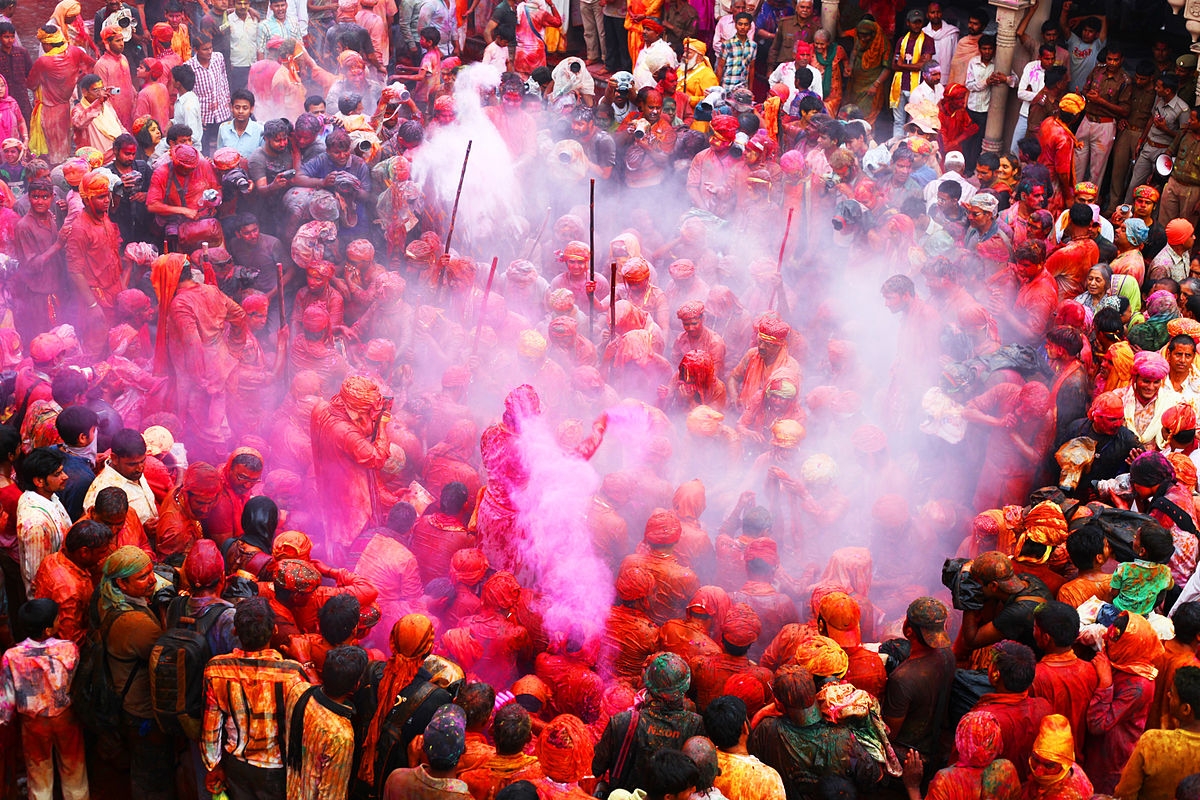 |
| Photo: Wiki |
One of the most unique festivals of India, the women of Barsana beating men of Nandgaon with lathis is the highlight of the festival. The unfortunate men who get caught are made to dress like a woman and dance in public.
Lathmar Holi is rather an easygoing confrontation between men of Nandgaon (Krishna’s village) and women of Barsana (Radha’s village) near Vrindavan. The legend has it that during the days preceding Holi, Krishna visited his beloved Radha and ended up teasing her friends. The women of Barsana reacted by chasing down Krishna with sticks (lathis). Since then men and women of these villages recreate the famous event every year as women beat up men with long sticks, Traveltriangle noted.
Lathmar Holi celebrated on 4-5 days before Holi in Vrindavan, Nandgaon, and Barsana.
9. Ram Navami: Blowing fire
 |
| Photo: Yahoo |
Ram Navami, celebrated to commemorate the birth of Lord Rama, is a spring Hindu festival that marks the birth of Lord Rama, the seventh avatar of Lord Vishnu on the ninth day of Chaitra Navratri. According to legend, Lord Rama is considered the seventh incarnation of Lord Vishnu as he was born to King Dashratha and Queen Kaushalya in Ayodhya in the Tretha Yug. According to the Hindu calendar, this festival falls in the Shukla Paksha (brighter half) of the Chaitra month.
During the festival of Ram Navami that celebrates the birthday of the Hindu god, devotees blow fire out of their mouths. Some of them dance and do circus tricks while blowing fire, Hindustantimes cited.
10. Banni Festival: Laathi-fight
 |
| Photo: oneindia |
This ritual takes place at midnight in front of the Devaragattu temple in Kurnool, Andra Pradesh. Masses of devotees gather here with sticks in their hands and start hitting each other, full-force. Despite the presence of medical teams and doctors injuries and even casualties aren’t uncommon. In fact, these guys got the easy way out. In the past, their ancestors performed this ritual with axes and spears.
The legend says that there were two vicious demons named Mani and Mallasura living at the hillocks where the ritual takes place. They used to torture saints and the local people. Unable to bear the torture of the demons, the people began praying to Lord Parameswara and Parvati, after which the Lord appeared at the hillock and killed the demons on the night of Vijayadasami. Ever since the villagers of the Rakshapada area have been organizing this festival as a sacrifice to the gods.
The festival is celebrated in October, during the Vijayadasami festival.
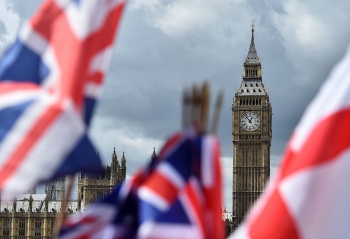 Top 8 Tallest Building in the United Kingdom Top 8 Tallest Building in the United Kingdom From Victorian era's big buildings to these days' skyscrapers, Britain is awash with stunning towers that reach into the sky. Below are top 8 tallest ... |
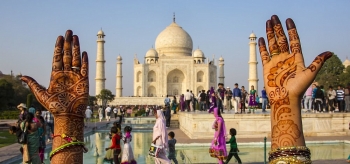 Top 8 tallest building in India Top 8 tallest building in India India is widely famous for its number of metro cities with enhancing infrastructure and modern age facilities as well as great improvements in citizen's life. ... |
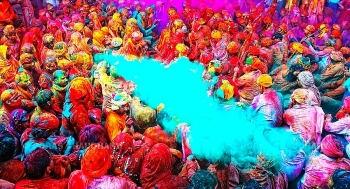 India: Top 15 Most Popular Festivals in March India: Top 15 Most Popular Festivals in March March, the month of colors, music, and entertainment, is the perfect time for experiencing the cultural beauty of India. The numerous and varied festivals offer ... |

